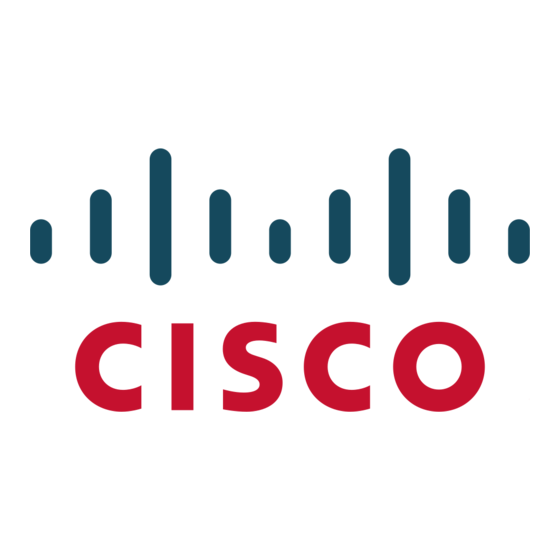Configure POTS Peers
Once again, POTS peers enable incoming calls to be received by a particular telephony device. To
configure a POTS peer, you need to uniquely identify the peer (by assigning it a unique tag number),
define its telephone number(s), and associate it with a voice port through which calls will be
established. Under most circumstances, the default values for the remaining dial-peer configuration
commands will be sufficient to establish connections.
To enter the dial-peer configuration mode (and select POTS as the method of voice-related
encapsulation), use the following command in global configuration mode:
Command
dial-peer voice number pots
The number value of the dial-peer voice pots command is a tag that uniquely identifies the dial peer.
(This number has local significance only.)
To configure the identified POTS peer, use the following commands in dial-peer configuration mode:
Step
1
2
Outbound Dialing on POTS Peers
When a router receives a voice call, it selects an outbound dial peer by comparing the called number
(the full E.164 telephone number) in the call information with the number configured as the
destination pattern for the POTS peer. The router then strips out the left-justified numbers
corresponding to the destination pattern matching the called number. If you have configured a prefix,
the prefix will be put in front of the remaining numbers, creating a dial string, which the router will
then dial. If all numbers in the destination pattern are stripped-out, the user will receive (depending
on the attached equipment) a dial tone.
For example, suppose there is a voice call whose E.164 called number is 1(310) 555-2222. If you
configure a destination-pattern of "1310555" and a prefix of "9," the router will strip out "1310555"
from the E.164 telephone number, leaving the extension number of "2222." It will then append the
prefix, "9," to the front of the remaining numbers, so that the actual numbers dialed is "9, 2222." The
comma in this example means that the router will pause for one second between dialing the "9" and
the "2" to allow for a secondary dial tone.
For additional POTS dial-peer configuration options, refer to the "Voice-Related Commands"
section of the Voice, Video, and Home Applications Command Reference.
Direct Inward Dial for POTS Peers
Direct inward dial (DID) is used to determine how the called number is treated for incoming POTS
call legs. As shown in Figure 10, incoming means from the perspective of the router. In this case, it
is the call leg coming into the access server to be forwarded through to the appropriate destination
pattern.
Command
destination-pattern string
port slot-number/subunit-number/port
Purpose
Enter the dial-peer configuration mode to configure a POTS
peer.
Purpose
Define the telephone number associated with this POTS dial
peer.
Associate this POTS dial peer with a specific voice port.
Configuring Voice over IP for the Cisco 3600 Series VC-29
Configure POTS Peers

